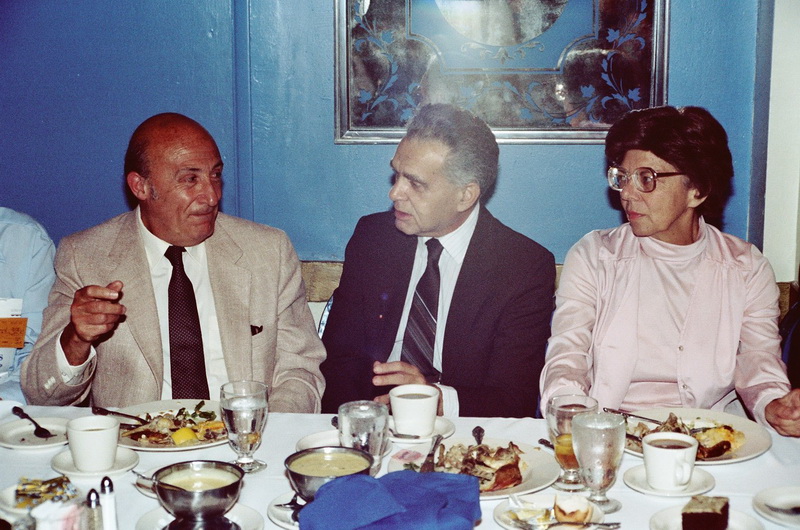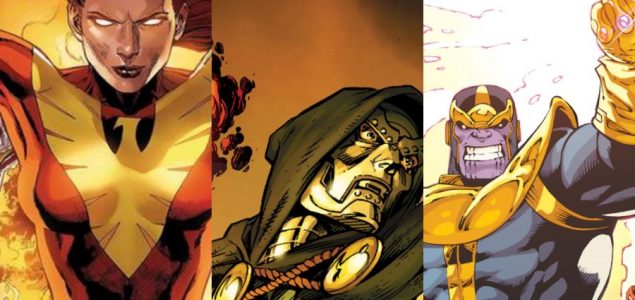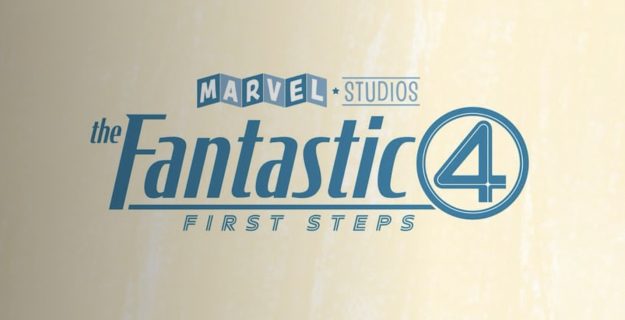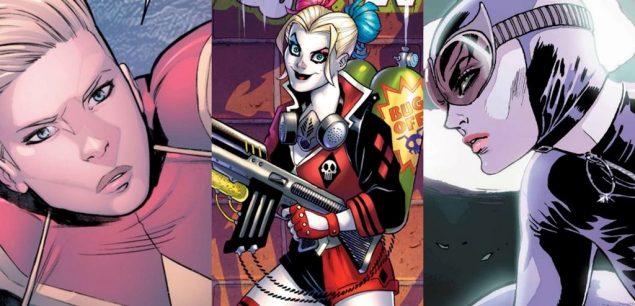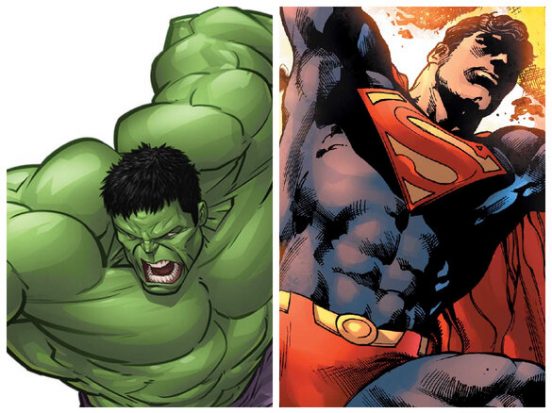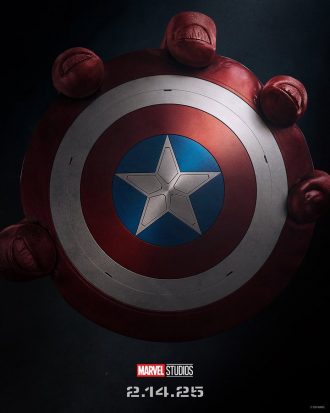Related Resources
At Biowars, we’re going to profile one great comic book artist per month. And we’re going to start at the top: with Jack Kirby, the King of Comics.
Kirby’s career spanned all the ages of comics, from the 1930s to his death in 1994. Today he is best known for a dynamic drawing style which influenced generations of artists, and the heroes and villains he helped bring to life, including Captain America, the Fantastic Four, the Hulk, Spider-Man, the Silver Surfer, the X-Men, and Galactus. His creative collaborations—first with Joe Simon, then, more controversially, with Stan Lee—were some of the most famous and fruitful in comic book history. And although he worked as an artist for most of his life, he had episodes of adventure that might have been fitting for one of his superheroes.
Early Life
Born Jacob Kurtzberg, Jack Kirby was the child of Austrian Jewish parents who settled on the Lower East Side of Manhattan. Kirby grew up poor in a tough neighborhood, having “climb-out fights” on rooftops and chases down fire escapes, offering rich material for the dynamics of his later fight scenes.
Kirby learned to draw by tracing characters from newspaper comics. By the age of 14, he’d shown so much talent he enrolled in New York’s Pratt Institute. He lasted a week. “They wanted patient people who would work on something forever. I didn’t want to work on any project forever,” he said in 1990. “I intended to get things done.”
He moved on to drawing comics for newspapers, working under various names until he settled on Jack Kirby at the age of 18. At Fox Feature Syndicate he met the great Joe Simon, beginning a long collaboration. Simon recognized Kirby’s talent and the two began freelancing together. They eventually joined Timely Comics, the future Marvel, where the pair created the first of Kirby’s great characters: Captain America. Issue #1 in March 1941 featured Kirby’s iconic cover of Captain America punching Hitler in the jaw, selling nearly a million copies.
The pair produced only 10 issues of Captain America before going to National Comics (later DC Comics) after a pay dispute. Anticipating Simon and Kirby would be drafted, their editor made them produce a year’s worth of material to publish while they were at war.
In May 1942, Kirby married Rosalind (‘Roz’) Goldstein, whose family lived in his apartment building. They lived together for over 51 years until Kirby’s death.
Kirby was drafted into the U.S. Army in 1943, traveling to Europe and landing on Omaha beach after the Normandy landings. He suffered severe frostbite in Europe and was transferred back to the United States. Even before that, he wasn’t enjoying the Army discipline. “You’d get 10 years for punching a sergeant so I couldn’t punch a sergeant,” he said later.
Postwar career
After the war and through the 1950s, Kirby bounced around. He worked for several publishers in various genres, from war to westerns to romance. He and Simon briefly had their own publisher, Mainline, which failed when it was caught up in the moral panic about comic books in the 1950s.
But as superheroes came back into vogue, Kirby began a creative period unsurpassed in the history of comics. Rejoining the newly-named Marvel, Stan Lee wanted to replicate the success DC were having with the Justice League. The result: the Fantastic Four. The hits just kept coming, with the first appearances of the Hulk (1962), the X-Men (1963), and the Silver Surfer and Galactus (1966), all drawn by Kirby. And, of course, there was Spider-Man (1962), whose creation Kirby had a role in, although he was drawn by Steve Ditko.
Lee and Kirby pioneered the “Marvel Method,” a looser and more collaborative way of producing comics. Previously, comics were simple: the writer wrote a script and the artist drew it. At Marvel, Lee would give Kirby a rough outline of the plot, Kirby would draw a comic based on the outline, then Lee would go back and fill in the dialogue. Although it was effective, the Marvel method made it hard to say precisely who should have credit—which led to bitter disputes between Lee and Kirby in their later years about the inspirations behind their characters. Kirby’s hand in creating Spider-Man, for instance, has been exhaustively analyzed and debated.
Kirby moved to California in 1968, and left Marvel again, for DC, in 1972, a period most notable for the critically-admired New Gods series. In his later years, he moved between Marvel, studio animation, DC and independents such as the new Pacific Comics. By then, however, his best-known work was behind him. He died in 1994, in California, at the age of 76.
Legacy
In later life, Kirby was extremely bitter about Marvel, and especially Stan Lee. While Kirby always earned a living from comics, he never owned the right to any of his characters and had no share in the enormous wealth they generated. He was especially bitter towards Stan Lee, minimizing his role in the Marvel Method. After his death, Kirby’s family began a legal dispute with Marvel about copyrights to his characters, which was settled only last year.
Kirby didn’t live to see his characters dominate the contemporary culture, especially movies, or his obsession with science fiction becoming mainstream. But his characters’ revival has led to new appreciation of his style. Writing in the New York Times, Brent Staples put it this way:
He created a new grammar of storytelling and a cinematic style of motion. Once-wooden characters cascaded from one frame to another—or even from page to page—threatening to fall right out of the book into the reader’s lap. The force of punches thrown was visibly and explosively evident. Even at rest, a Kirby character pulsed with tension and energy in a way that makes movie versions of the same characters seem static by comparison.
Most important, however, may have been the legitimacy he gave to comics. “In the ’50s if you went to a newsstand and bought a Saturday Evening Post they’d say, ‘There goes a good American,’” he recalled. “If you bought a comic book—’That guy, he shoots pool.’” Not anymore.
(The photo above, taken by Alan Light, shows Will Eisner and Jack and Rosalind Kirby, in 1982.)

